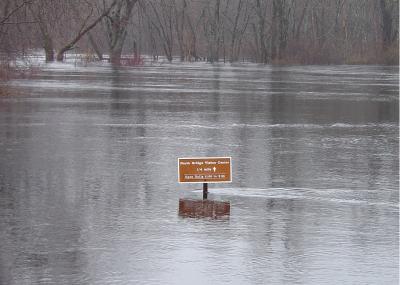Aggregation Bias and its Drivers in Flood Loss Estimation: A Massachusetts Case Study
Economic losses due to damage from flooding over large spatial scales are a key input to hazard mitigation and adaptation decisions. Heretofore, loss calculations have tended to rely on spatial coarse input data on hazards and affected structures. We assess the sensitivity of loss estimates to spatial resolution and find the potential for large aggregation biases. We examine 1.3 million Massachusetts single-family homes, estimating flood losses based on state-of-the-art high-resolution hazard and structure inventory data as a benchmark against which to compare three types of aggregation: aggregate structures (AS: low-resolution structures but high-resolution hazard exposures), aggregate structures and hazard (ASH: low-resolution structures and hazards) and aggregate structures and hazard filtering out properties not at risk (ASHF). Bias ranges from -10% (ASH) to +366% (ASH).
Large overall aggregation biases can arise from aggregation procedures that underlie estimates of communities’ exposure to flood losses. Bias can be substantially reduced by increasing hazard resolution alone, but even this improvement fails to capture consequential tail dependencies of the hazard and structure distributions. The upshot is inaccuracy in the rank ordering of losses at different locations, severely limiting the accuracy with which measures such as insurance premiums or adaptation spending may be targeted.
We elucidate the consequences of spatially aggregating structure inventory and hazard inputs to estimate flood losses for a statewide sample of 1.3 million properties. We find potential biases that are large and spatially heterogeneous, which call into question the robustness of conclusions informed by loss estimates that rely on low-resolution inputs. More highly spatially resolved inputs reduce known bias, but do not address other potentially consequential sources of uncertainty that are well understood. Our results suggest that, in addition to constraining these uncertainties, effective flood risk management may need to rely on methods for decision-making under uncertainty to robustly inform geographically targeted mitigation and adaptation.

